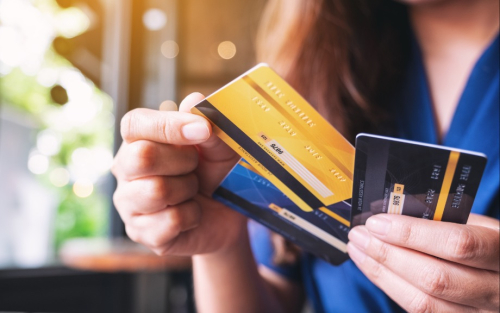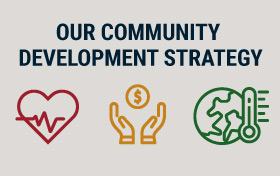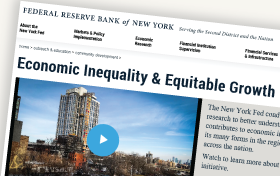Who Pays What First? Debt Prioritization during the COVID Pandemic

Since the depths of the Great Recession, household debt has increased from a low of $11 trillion in 2013 to more than $14 trillion in 2020 (see the New York Fed Household Debt and Credit Report). In this post, we examine how consumers’ repayment priorities have evolved over that time. Specifically, we seek to answer the following question: When consumers repay some but not all of their loans, which types do they choose to keep paying and which do they fall behind on?














 RSS Feed
RSS Feed Follow Liberty Street Economics
Follow Liberty Street Economics